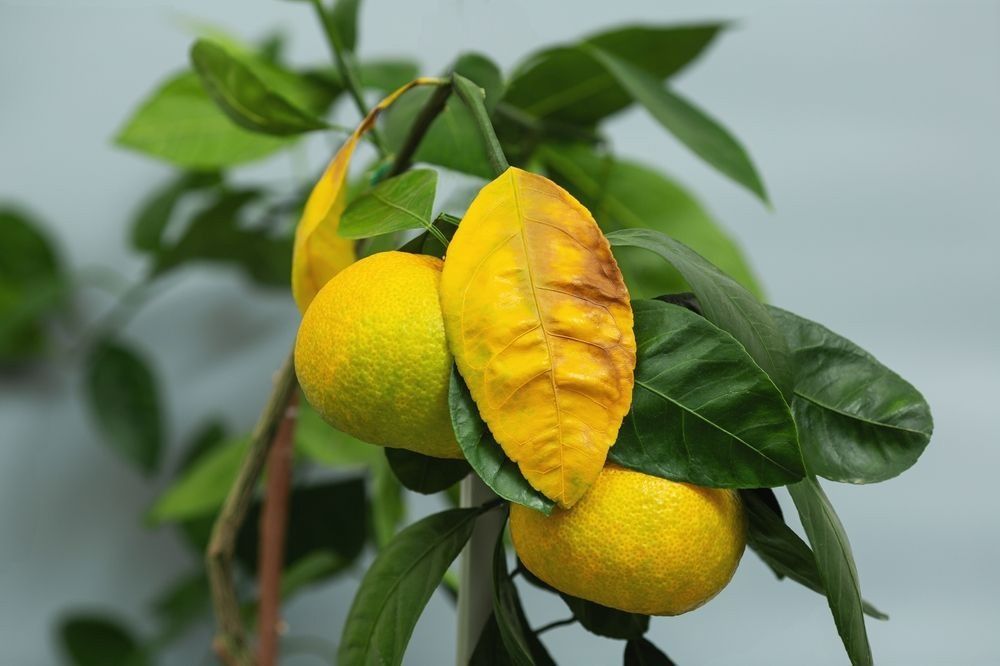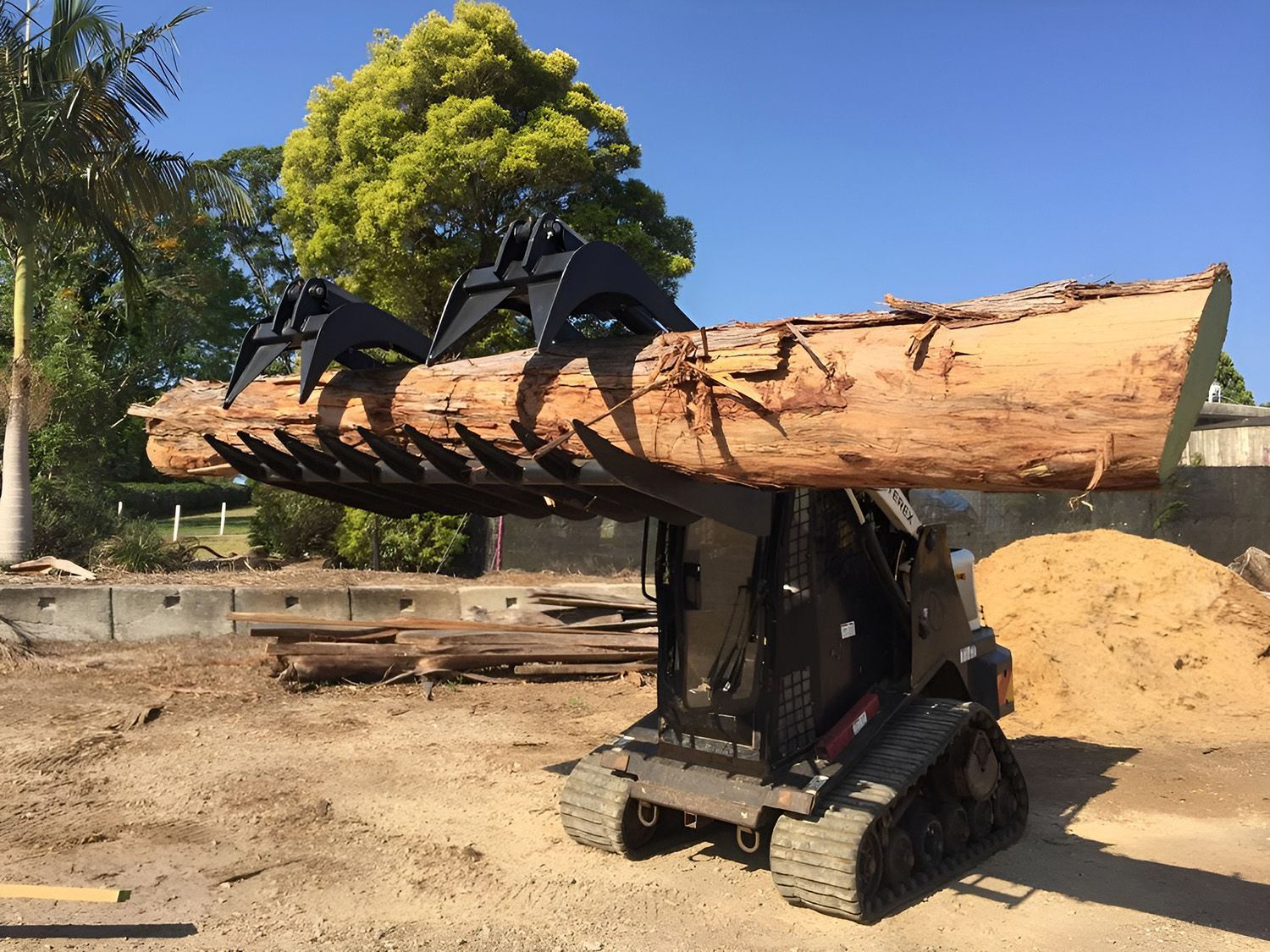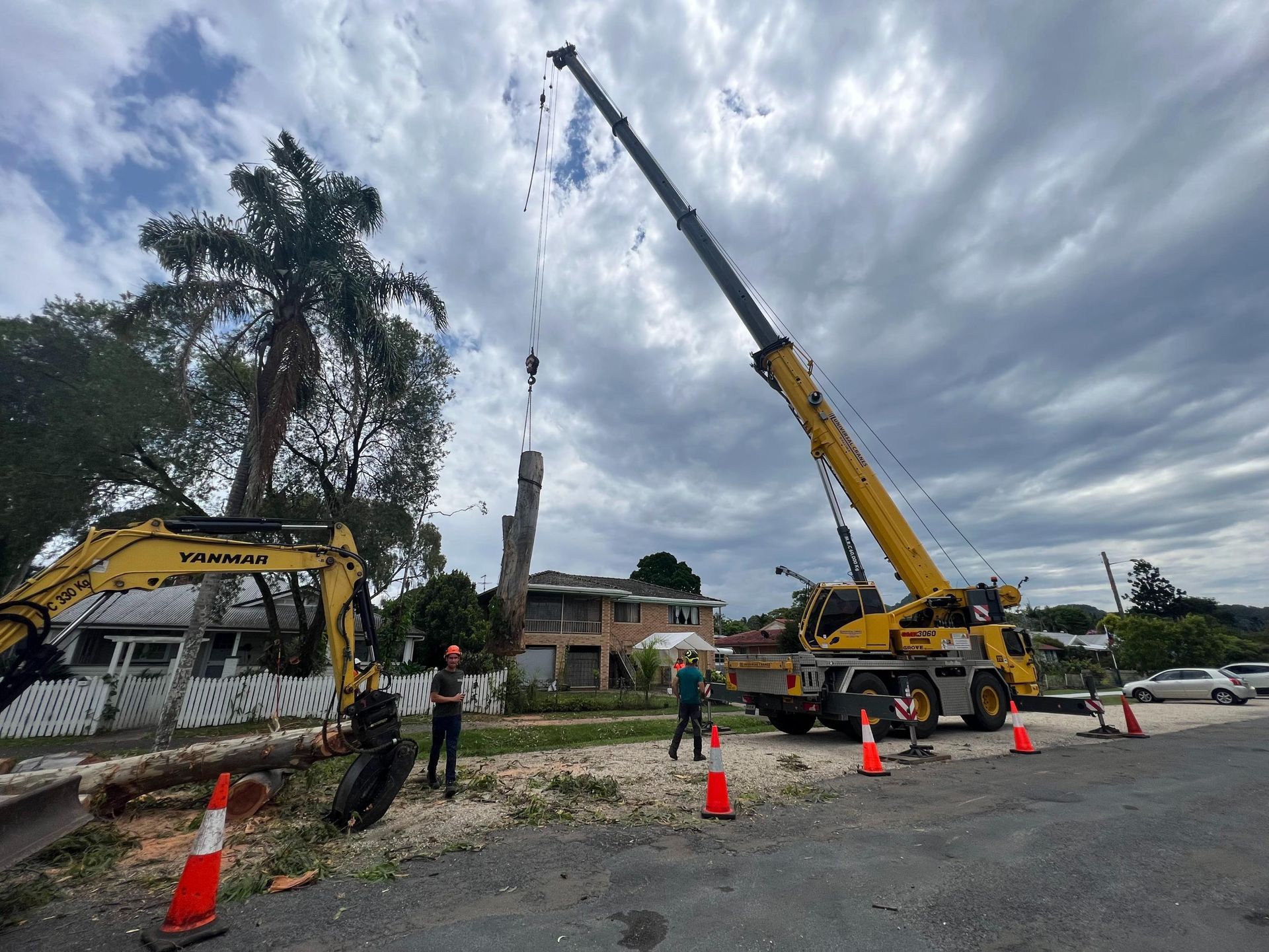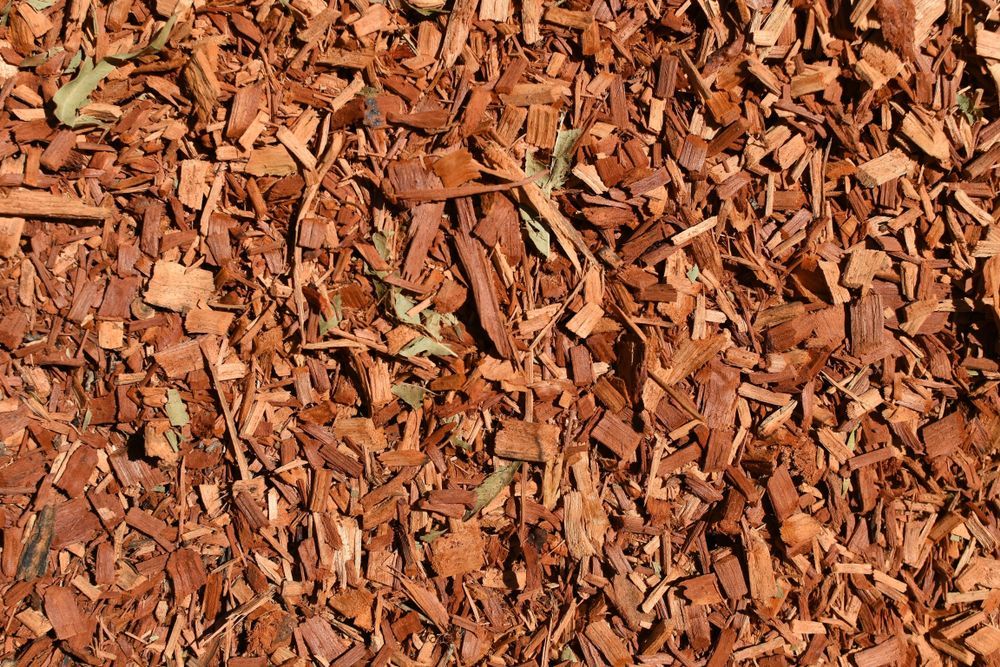Spotting Tree Diseases: 3 Common Symptoms In Unhealthy Trees
Have you ever wondered why the trees in your backyard aren't as vibrant as they used to be? Trees are silent guardians of our environment, but when they fall sick, it's not always easy to spot the signs. In this blog, we'll explore three common symptoms of tree diseases, helping you identify when your trees might be calling out for help.
1. Unusual Leaf Discolouration or Drop
2. Visible Damage to Bark and Trunk
3. Weak Branches and Limb Dieback
- Brittle branches that snap easily indicate a lack of essential nutrients or water.
- Limbs that fail to produce leaves or buds are often a sign of compromised vascular systems within the tree.
- Sudden limb drop, especially in calm weather can be a symptom of internal decay or structural weakness.
How Professional Arborists Can Help
Professional arborists are trained to diagnose and treat tree diseases. They can provide services like pruning, which removes diseased or dead limbs and soil treatment to address nutrient deficiencies. In cases where a tree poses a danger, tree removal and emergency services are available to ensure safety. Additionally, arborists can offer tailored advice on tree care, helping to prevent future issues and maintain the overall health of your trees. Their expertise also extends to selecting the right species for your landscape, ensuring a harmonious and sustainable environment.
Keep Your Trees Thriving with Expert Care
At Tallow Tree Services , we believe that every tree has a story and a role in our environment. If you're noticing signs of distress in your trees, it's not just about aesthetics—it's about the health of your green companions and the safety of your surroundings. Reach out to us for further information on our tree services. Together, let's nurture the natural beauty and wellbeing of your trees.








